What Do Readers See? Upgrade Your First Impressions on Substack
6 high-impact areas to elevate your newsletter’s first impression
What Readers Had To Say About Reader-Friendly First Impressions
This is very helpful- just the list and the questions to ask. Makes working through it so much easier… - Josie Beug, DVM, CVA
I love how clear and helpful this is… - Emmy Singer
… your advice is unfailingly perceptive and helpful. - Jeffrey Streeter
Today I’m sharing a framework to think about what you are inviting readers to experience in your writing. So if you are ready to flex your empathy muscles and use your imagination to step inside your readers’ online experiences, this is the essay to read today. This tool could also be helpful for writers who are seeing a rise in their views (More people are finding your writing! Huzzah!), but you aren’t seeing your overall newsletter subscriptions increase as well.
Note: this tool is modeled after a tool I use in one-on-one work with my editorial clients, and it does require a paid subscription to keep reading.
If I have a sequence of impressions to make, how do they sound to the reader?
To illustrate how I use this sequencing, I’ll be sharing screenshots from a client of mine,
. He and I began working together when he was just beginning to dip his feet in the Substack writing pond and he was finding some traction around his English Republic of Letters. He’s now grown from just under 100 readers to being a featured Substack publication that now reaches more than 1,500 readers every week. We’ve collaborated on his overall presence on Substack and also on some of his longer essays; this one, Introducing Mr. Vonnegut, is one that is very special to me.OK, let’s dive into a quick overview of how I prepare for this first-impression sequencing exercise. And then walk through some specifics.
I take screenshots of specific places where I’m making a first impression to readers.
Then I copy them into a Google doc so I can see them all together, one right after another.
And then read them in sequential order of how a reader is likely to come across them.
The benefit of the Substack ecosystem is that it is much more contained than, say, trying to host your writing on a website and then manage your first impressions across multiple social media platforms.
Because of this, we can reasonably assume where the majority of readers are finding us (Notes). From there, we can then build in a bit of sequencing logic based on online reader behaviors.
This means that our sequencing for evaluating a reader’s first impressions will include reading these items one after the other:
Personal bio
Publication bio (Substack calls this the “short description”)
Welcome page
Home Page
About Page
Welcome Email
How to read your first impression items like a first-time reader
For each of these items, let’s use these “identifying phrases,” which I like to say out loud.
Personal Bio:
This person is a …
Publication Bio:
They write …
Home Page:
They’re offering me …
About Page:
This is what I can expect …
Welcome email:
This is how it will feel to hear from them…
Now let’s dive into Jeffrey’s online first impressions
PERSONAL BIO:
This person is a … recovering cultural bureaucrat trying to join the dots of an international life.
PUBLICATION BIO:
They write …“beautifully crafted essays and observations” covering memoir, culture, and distant cities…
HOME PAGE:
They’re offering me … a culturally diverse lens of literary touch points from “Mountain Songs,” written by Japanese poet, Tegan Smyth; musings on Mary Oliver; reflections on Kurt Vonnegut and more.
ABOUT PAGE:
This is what I can expect … a competent, well-traveled guide; some playfulness and imagery; reading his newsletter is like a literary passport (Have I seen that before?); and a sense of variety—I won’t be stuck on one topic for too long.
WELCOME EMAIL:
This is how it will feel to hear from them… We’ll dive right in to a new topic each week; I’ll hear from Jeffrey reliably in the comments section and maybe meet other like-minded people there, too.
Put your newsletter through this sequence and let us know what you discover
What I like about the “sound” of Jeffrey’s first impressions is that they are touching on the same overarching theme in each place, but they are exploring that theme from different angles. That’s something that takes quite a bit of editorial discipline to achieve: it’s much easier to create flat, undynamic descriptions—or to use descriptors that tell readers very little (Yes, I understand you enjoy coffee. But so do a billion other people in the world. Tell us something that differentiates the reading experience with you!). By bringing in the power of specifics, readers get an impression that Jeffrey has a lot to share with them—and they are empowered to make their own decision about the quality of experience his newsletter provides.
What did you discover?
If you’d like to try this sequencing exercise on your own, I’ve copied/pasted it below again. I hope this will be useful to you in making intentional tweaks to your overall newsletter writing experience for readers. And if you ever need a second opinion, you can always reach out to me through a Newsletter Nurturing & Strategy Session.
When you’ve had a chance to explore this framework, what (if anything) did you discover about your own cohesion? Did you get stuck anywhere specific? Share this piece and tell us who you are and what readers can expect from your newsletter.
First Impressions Template
Personal Bio:
This person is a …
Publication Bio:
They write …
Home Page:
They’re offering me …
About Page:
This is what I can expect …
Welcome email:
This is how it will feel to hear from them…






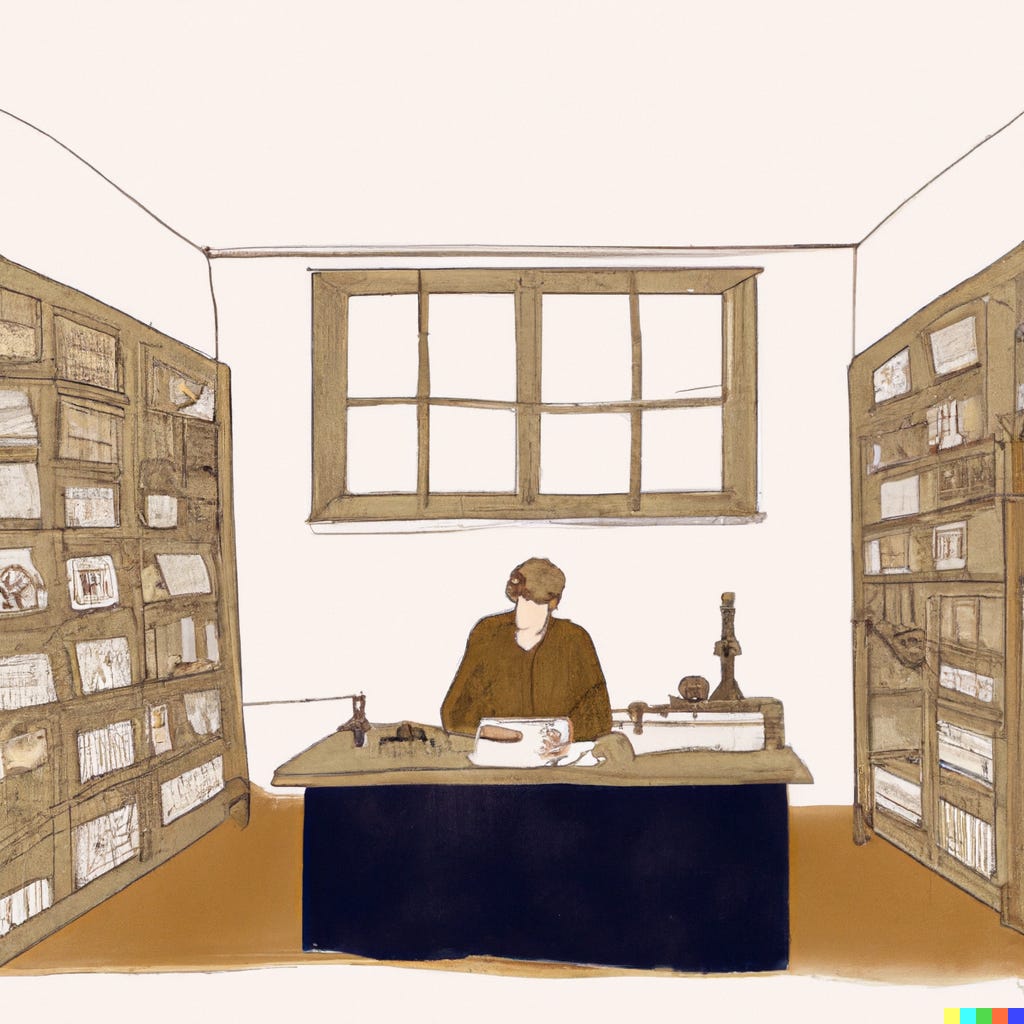
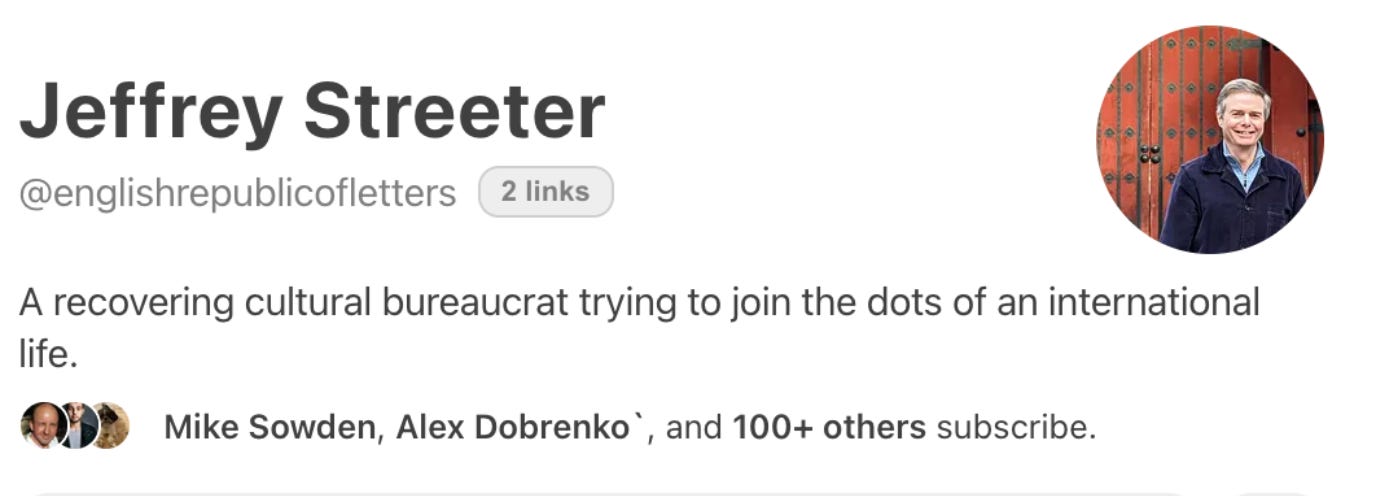

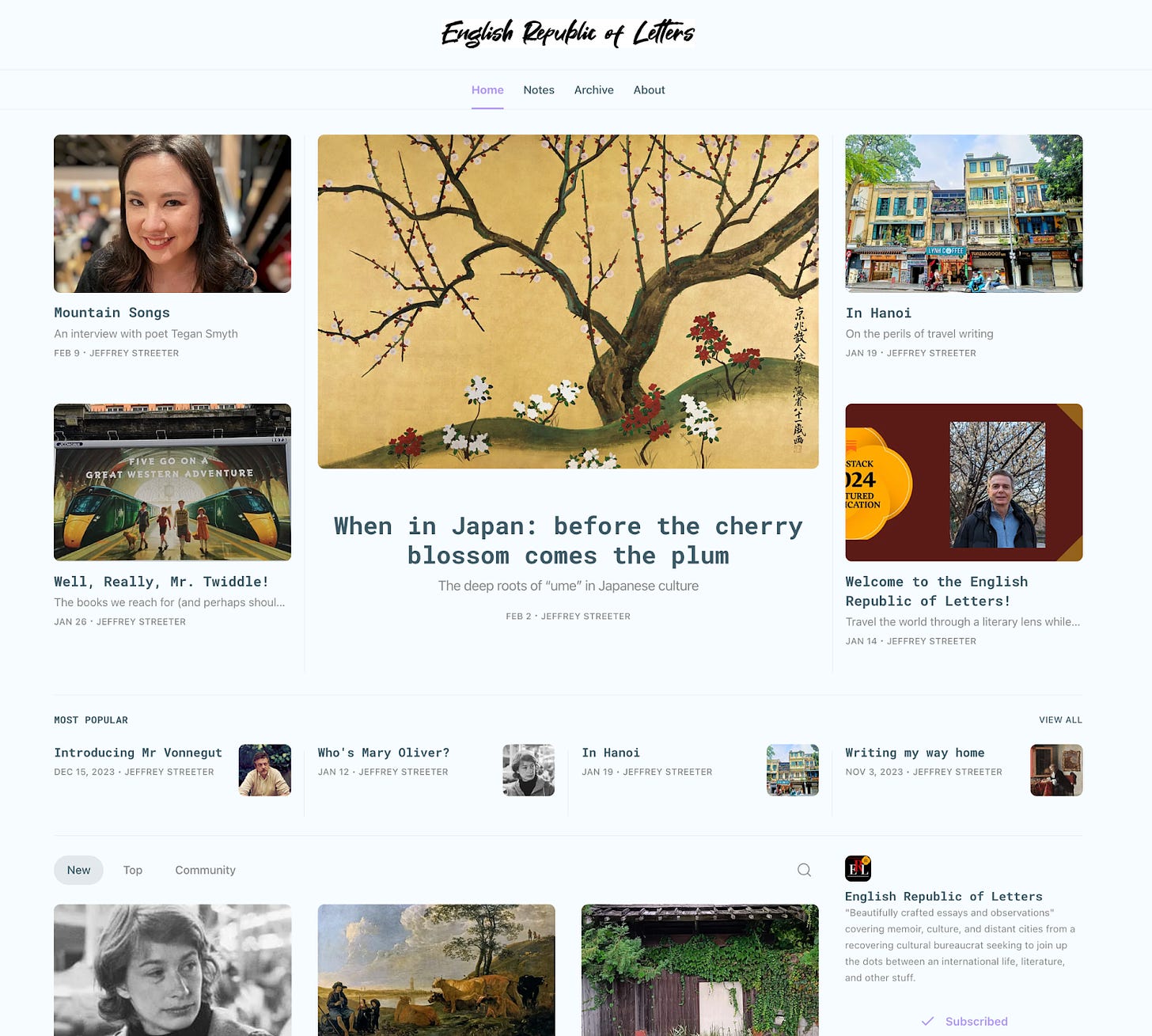
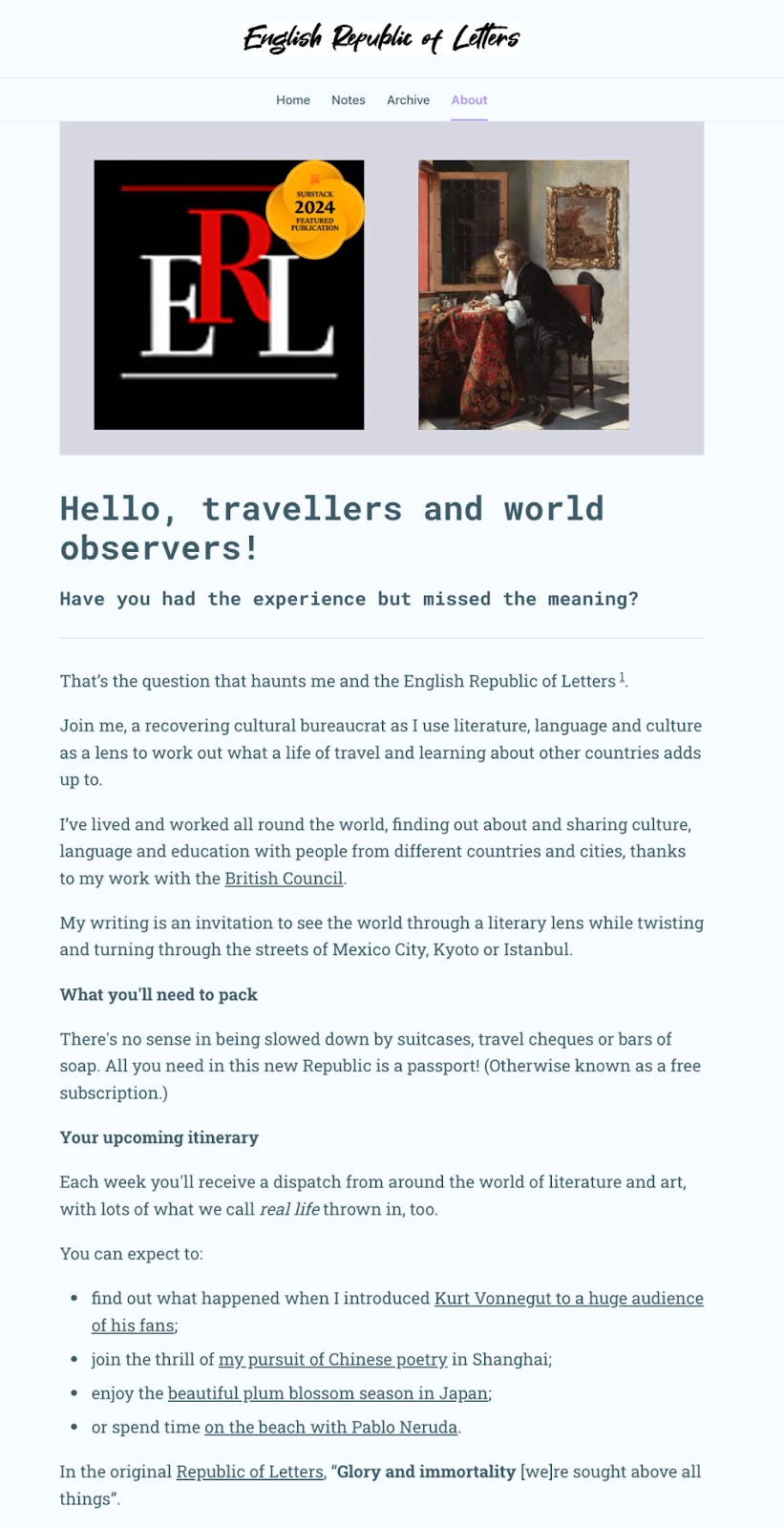
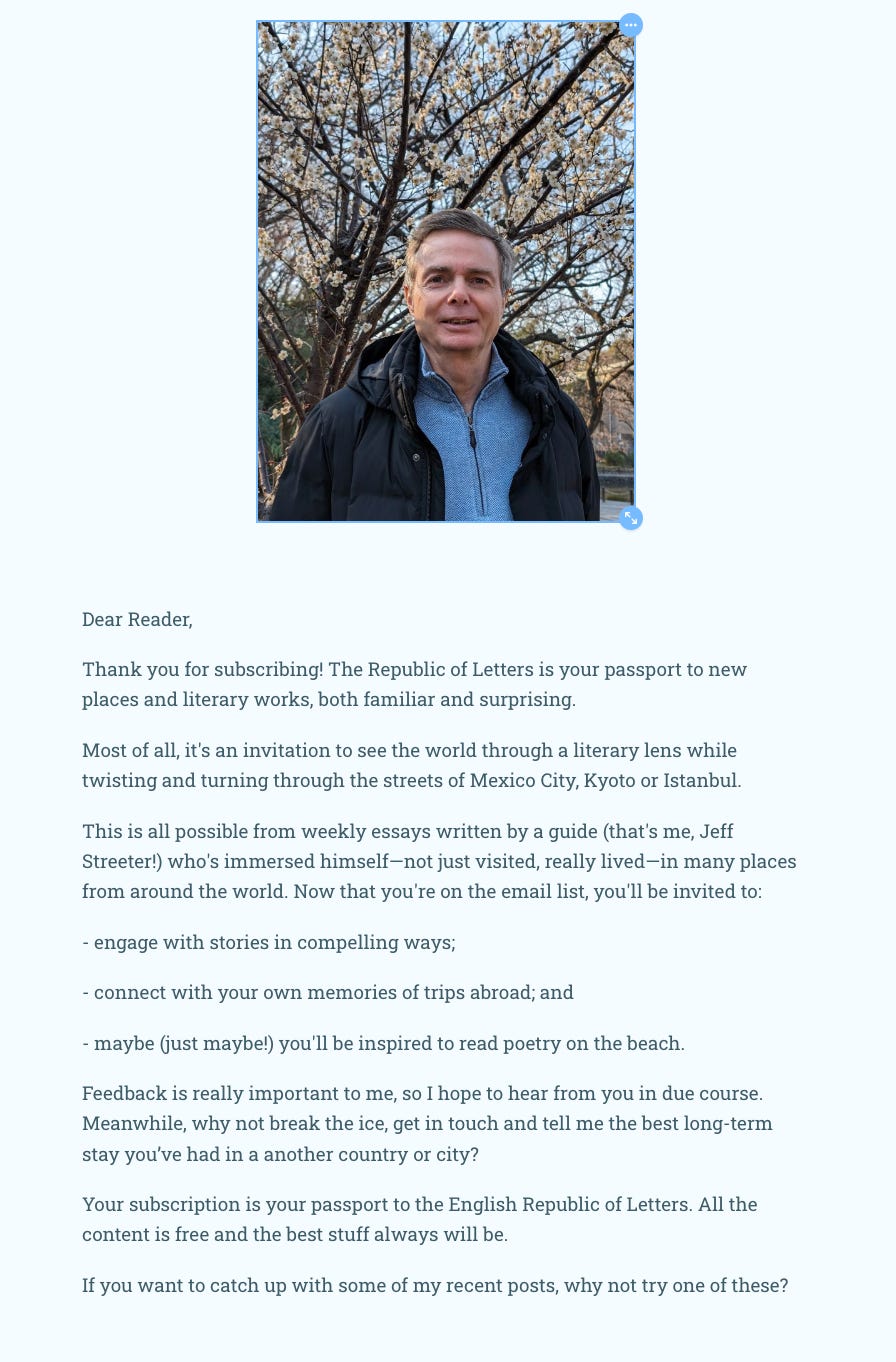

I love how clear and helpful this is. Bookmarking to dive further into when capacity allows. Thank you so much for sharing!
Thank you, Amanda. I feel very lucky to be working with you. I'm learning so much and your advice is unfailingly perceptive and helpful.